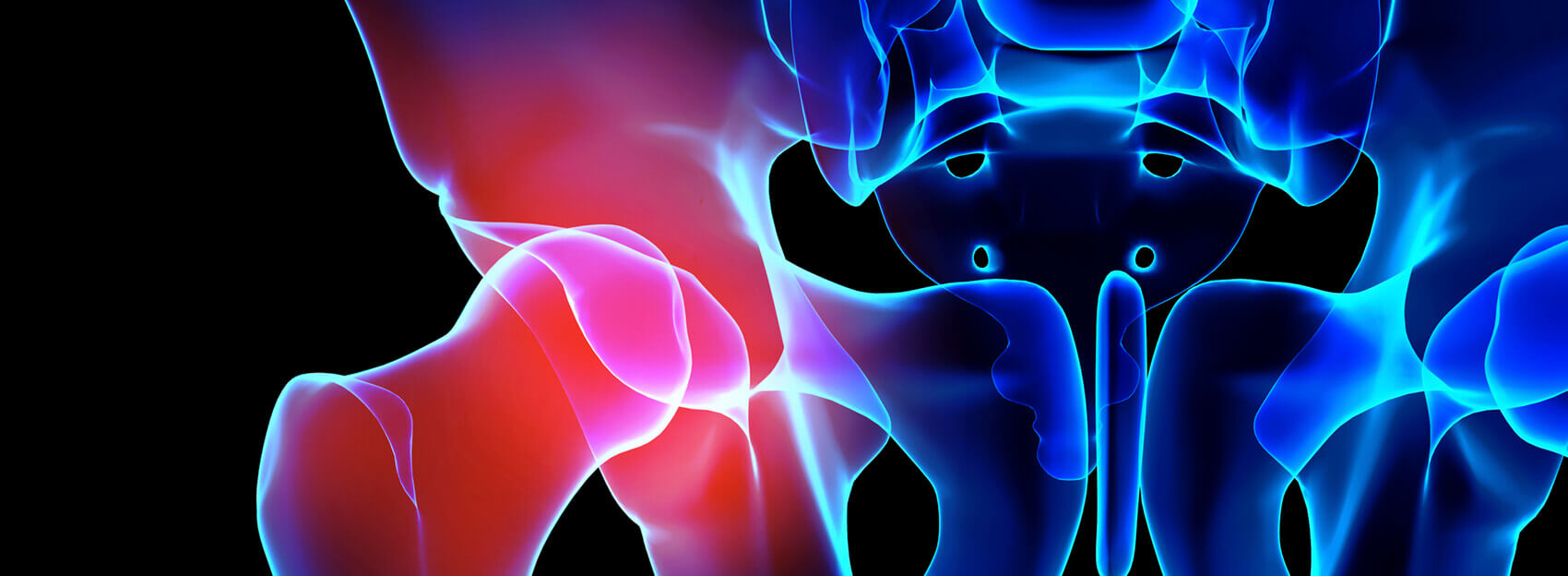Many patients come to Long Island Spine Rehabilitation Medicine offices seeking relief from the painful condition known as hip bursitis. Our medical doctors are physiatrists, specially trained in the treatment of pain and the restoration of function. We have a wonderful track record of accurate diagnosis and successful treatment of all types of spinal and musculoskeletal dysfunctions, including hip bursitis. We are a holistic practice, dedicated to healing you without surgical intervention.
What is hip bursitis?
Bursitis is a disorder in which one of the fluid-filled sacs known as bursae, that provide a cushion between bones and tendons, becomes inflamed. In most cases, bursitis occurs due to overuse or injury, but sometimes no direct cause can be uncovered. While hip bursitis can affect anyone, it is more common in women and middle-aged or elderly people. Younger individuals and men are less likely to be afflicted with the ailment.
In most cases, the culprit is one of two major bursae of the hip — one that covers the outer hip bone called the greater trochanter or another that is located on the groin side of the hip, covering the large compound muscle known as the iliopsoas. Trochanteric bursitis is more common, but both types are treated similarly.
Symptoms
The primary symptoms of hip bursitis are pain at the site and tenderness to the touch. The pain is typically worse during walking or when the patient puts pressure on the area, often by leaning or lying on the affected side of the body. Patients usually describe the initial pain as sharp and intense and report that it worsens when:
- Standing up from a seated position
- Walking for a prolonged period
- Climbing stairs
- Squatting
- Trying to sleep on the affected side
Many report that the pain is worse at night. Most patients state that the pain, over time, abates to a degree, becoming more of an ache; unfortunately, by this time the pain usually expands to cover a larger section of the hip.
Risk Factors for Hip Bursitis
Though in many cases the patient is unaware of a precipitating injury, there are a number of factors that put individuals at increased risk of developing the problem, including:
- Repetitive stress injury from prolonged running, stair climbing, bicycling, or standing
- Hip injury from falling, bumping the hip hard, or being in another type of accident
- Unequal leg length which can, if significant, alter your gait and irritate a hip bursa
- Spine disease, such as scoliosis or arthritis of the lower spine
- Rheumatoid arthritis which makes inflammation of any joint more likely
- Other ailments, e.g. bone cancer, osteoporosis, osteomyelitis, infection of the bone, or pain referred from another part of the body.
- Previous surgery, like implantation of prosthetic implants, may irritate the bursa
- Bone spurs or calcium deposits can develop within the tendons, causing inflammation
Diagnosis of Hip Bursitis
The doctors at Long Island Spine Rehabilitation Medicine are highly skilled diagnosticians. We approach each patient with an open mind, using every means at our disposal to make certain our diagnosis is accurate; we are well-aware that a mistaken diagnosis can result in ineffective, even damaging, treatment. In order to ensure that our diagnosis is correct, we will:
- Take a full medical history, including previous surgeries and underlying conditions
- Perform a comprehensive physical examination of the affected area
In addition, we will administer any of the following tests we deem necessary:
- Imaging studies, such as X-rays, bone scans, MRIs, ultrasound
- Diagnostic injections to show us precisely where your pain originates
- Electromyography (EMG) and nerve conduction studies to detect any possible neurological damage
Treatment of Hip Bursitis
Once we have determined that your pain is caused by hip bursitis, we are well-prepared to help you heal. Focused as we are on nonsurgical remedies, we have a number of options to consider, including:
- NSAIDs (non-steroidal anti-inflammatories) or other analgesic medications
- Physical therapy customized to increase hip strength, flexibility, and range of motion
- Ultrasound-guided corticosteroid/anesthetic injections to reduce pain and inflammation
- PRP (platelet-rich plasma) to facilitate healing
- PEMF (Pulsed Electromagnetic Field) technology to decrease pain and stimulate healing
Because at Long Island Spine Rehabilitation Medicine we are eager to put you on the track to increased health and enjoyment, we will also show you ways to invest in your future by protecting your hips, your spine, and other muscles and joints.
Preventing Future Problems
As you work with us, we will not only help you recover from your hip bursitis but encourage you to prevent further injuries, including:
- Modifying your activities and exercises to improve your hip strength, your posture, your flexibility, and your energy level
- Using assistive devices, like crutches or a walking cane, when needed during recovery, to maintain balance, or to improve your gait and avoid falling
- Receiving corticosteroid/local anesthetic injections when needed to relieve symptoms (though these injections must be limited or they may damage adjacent tissues)
- Avoiding repetitive activities that put stress on your hips
- Maintaining a proper weight
- Getting properly fitted with a shoe insert if your legs are different lengths
Contact Our Talented Long Island Spine Rehabilitation Medicine Doctors Today
Sometimes an injury like hip bursitis is a helpful warning that it’s time to make some lifestyle changes. Other times it is just an accident, unexpected and unpredictable. Whatever your situation is, we are ready to help you recover and get on with your life. We just want to make you healthier and more comfortable. Contact our office today.
